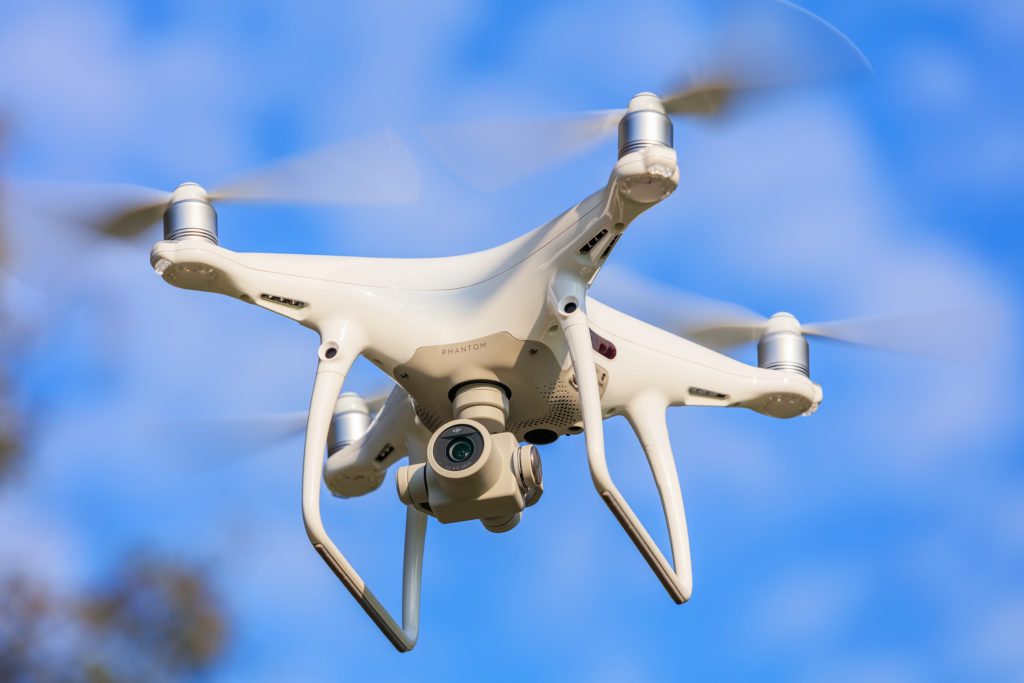How to Fly a Drone for Beginners: Tips for Professional Photographers
In this digital age, drones have become essential tools for professional photographers. Understanding how to fly a drone for beginners not only enhances your skill set but opens new avenues for stunning aerial photography. If you're ready to take your photography to the next level, learning to fly a drone is a smart choice.
Flying a drone might seem daunting at first, but with the right guidance and practice, you can capture breathtaking landscapes and unique perspectives. In this comprehensive guide, we will walk you through essential drone flying tips tailored specifically for photographers.

Understanding Drone Basics
Before diving into flying techniques, it is crucial to understand the basic components of a drone. Most drones have the following parts:
- Propellers: The main components responsible for lift.
- Camera: Where you capture your images and videos.
- Transmitter: The remote control device used for flying.
- Battery: Powers the drone and camera.
Knowing these components will give you a better grasp of how your drone operates.
Choosing the Right Drone
When starting off, select a drone that suits your needs as a photographer. Here are some key factors to consider:
- Camera Quality: A high megapixel count is essential for quality shots.
- Battery Life: Longer battery life means you can fly longer.
- Ease of Use: Look for user-friendly controls for a smoother learning curve.
Some popular drones among photographers include the DJI Phantom series and the Mavic Mini, known for their excellent imaging quality and ease of maneuverability.

Flying Your Drone Safely
One of the most crucial aspects of learning how to fly a drone for beginners is focusing on safety. Here are some vital safety tips:
- Always check local regulations regarding flying drones. For instance, you can review drone regulations to avoid legal issues.
- Pre-flight checks are essential. Ensure that your battery is charged, propellers are intact, and the camera is functioning.
- Avoid flying in adverse weather conditions, which can lead to crashes.
By following these safety measures, you ensure your drone and camera gear remain safe.
Mastering Basic Flying Techniques
Once you're familiar with drone safety and equipment, its time to learn the basic flying techniques. Start by practicing these maneuvers:
- Takeoff and Landing: Practice smooth takeoffs and landings to avoid damage.
- Hovering: Learn to maintain a stable hover at different altitudes.
- Basic Movements: Master the forward, backward, and side-to-side movements.
These basic skills will set a foundation for more advanced flying techniques.

Utilizing the Right Camera Settings
Aerial photography is not just about flying; its also about capturing great images. Here are tips for utilizing the right camera settings:
- Adjust your ISO: Keep the ISO low for brighter conditions to minimize noise.
- Shutter Speed: A faster shutter speed helps to freeze motion effectively.
- White Balance: Set an appropriate white balance for the time of day.
These settings will help you achieve stunning photographs that impress your clients.
Creative Aerial Photography Techniques
Now that you're comfortable flying, its time to get creative. Try these photography techniques to elevate your aerial shots:
- Birds Eye View: Capture landscapes from directly above.
- Tracking Shots: Follow moving subjects for dynamic shots.
- Establishing Shots: Use long shots to show your subjects context.
These creative techniques will set your photography apart from the rest. Consider reading about using natural lighting for even better results.

Post-Flight Considerations
After your flying session, you must also consider post-flight tasks. These include:
- Downloading Images: Transfer your photos to your computer to start editing.
- Checking for Damage: Inspect your drone for wear and tear.
- Reviewing Your Shots: Analyze your photos to identify areas of improvement.
Maintaining your drone and reviewing your flight can help you get better with each session.
Where to Fly Your Drone
Finding the right location can make a significant difference in your aerial photography. Be mindful of local regulations, as some areas may prohibit drone flights. Here is a resource to check: Can I Fly My Drone?
Common locations for drone photography include:
- Open fields
- Beaches
- National parks (with permission)
FAQs About Flying Drones for Photography
1. Do I need a license to fly my drone for photography?
It depends on your countrys regulations. In many places, a license is required for commercial use.
2. What is the best drone for a beginner?
Drones like the DJI Mini series are excellent for beginners due to their user-friendly features.
3. How high can I legally fly my drone?
Most countries have a max altitude of 400 feet. Ensure you check local regulations before flying.
As an Amazon Associate, I earn from qualifying purchases.

